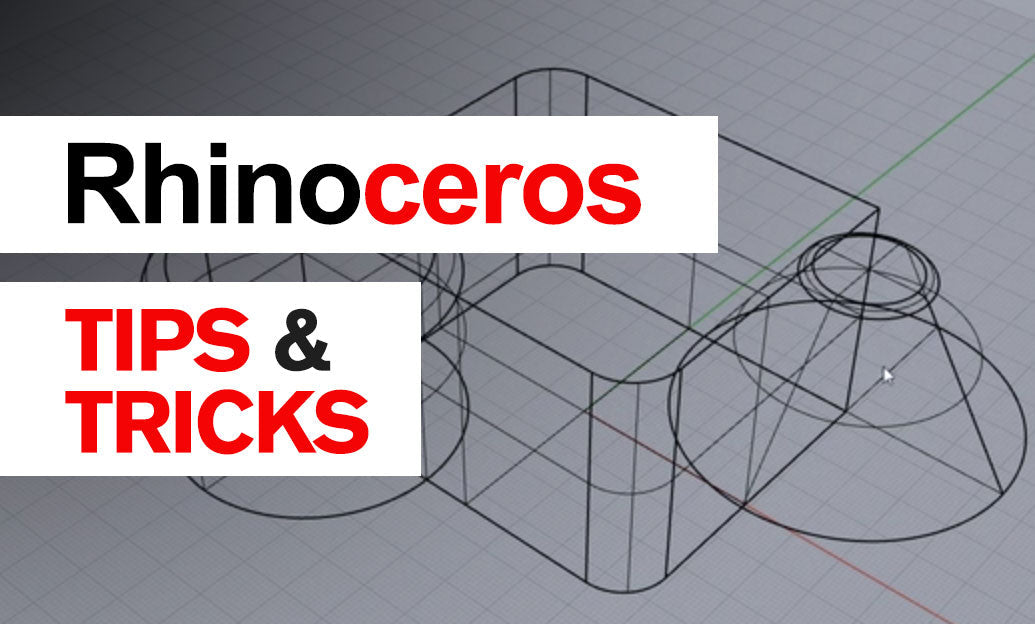Your Cart is Empty
Make the Properties panel your command center for object metadata. It’s the fastest way to name, tag, and standardize data that downstream teams, drawings, and scripts depend on.
Where to look
- Open via Panels > Properties or run the command
Properties. - With nothing selected, it shows document settings; with objects selected, it shows object-specific properties.
Core metadata to manage
- Object Name: Assign human-readable names for parts and assemblies; use
SelNameto retrieve them quickly. - Layer and Color: Keep visual and organizational standards consistent; “Color by Layer” helps enforce clarity.
- Material and Texture Mapping: Set rendering/visual standards at the object level when needed.
- Attribute User Text: Add key-value pairs (e.g., PartNumber, Material, Finish, Thickness, Supplier) that travel with the object.
- Block Instances: For repeatable components, convert to Blocks and standardize instance names; metadata can be applied to each instance for scheduling.
Best-practice conventions
- Use a clear naming scheme:
DISC-Front_Bracket-AorFUR-TB-Top-1200. - Keep User Text keys consistent and machine-friendly: use PascalCase or snake_case (e.g.,
PartNumber,material_grade). - Store units within values where relevant (e.g.,
Thickness = 2.0 mm) if data may be reviewed outside Rhino. - Version identifiers belong in metadata, not in object names, when multiple revisions exist.
Speed and consistency tips
- Select a “golden” object and use
MatchPropertiesto propagate attributes (name excluded) to similar parts. - Create template files with standard layers, materials, and pre-defined User Text keys to avoid ad-hoc data entry.
- Use Blocks for repeated hardware; rename instances by location or code for quick selection and BOM filtering.
Driving documentation and schedules
- Text Fields: Place Text/Leader, click the fx button, choose Object, pick your object, and reference Object Name or Attribute User Text. Your notes and callouts stay live as metadata changes.
- Layouts: Data-aware callouts reduce manual edits and errors across detail views.
- Export: Many formats (e.g., STEP) preserve names; consistent naming improves CAD/CAM and coordination handoffs.
Quality control
- Use Properties > Details (or run
What) to confirm object type, closedness, and tolerances before assigning final metadata. - Lock key parts after tagging to prevent accidental edits that desync geometry and metadata.
Workflow extensions
- Grasshopper can read/write User Text for automated schedules. Pair it with data-centric plug-ins when needed.
- For procurement or fabrication, export selected objects with clean names and metadata for reliable downstream parsing.
If you’re standardizing production workflows or building data-rich Rhino templates, explore Rhino licenses and add-ons at NOVEDGE: Rhino 3D at NOVEDGE. For expert guidance on ecosystem tools and integrations, connect with the team at NOVEDGE.






